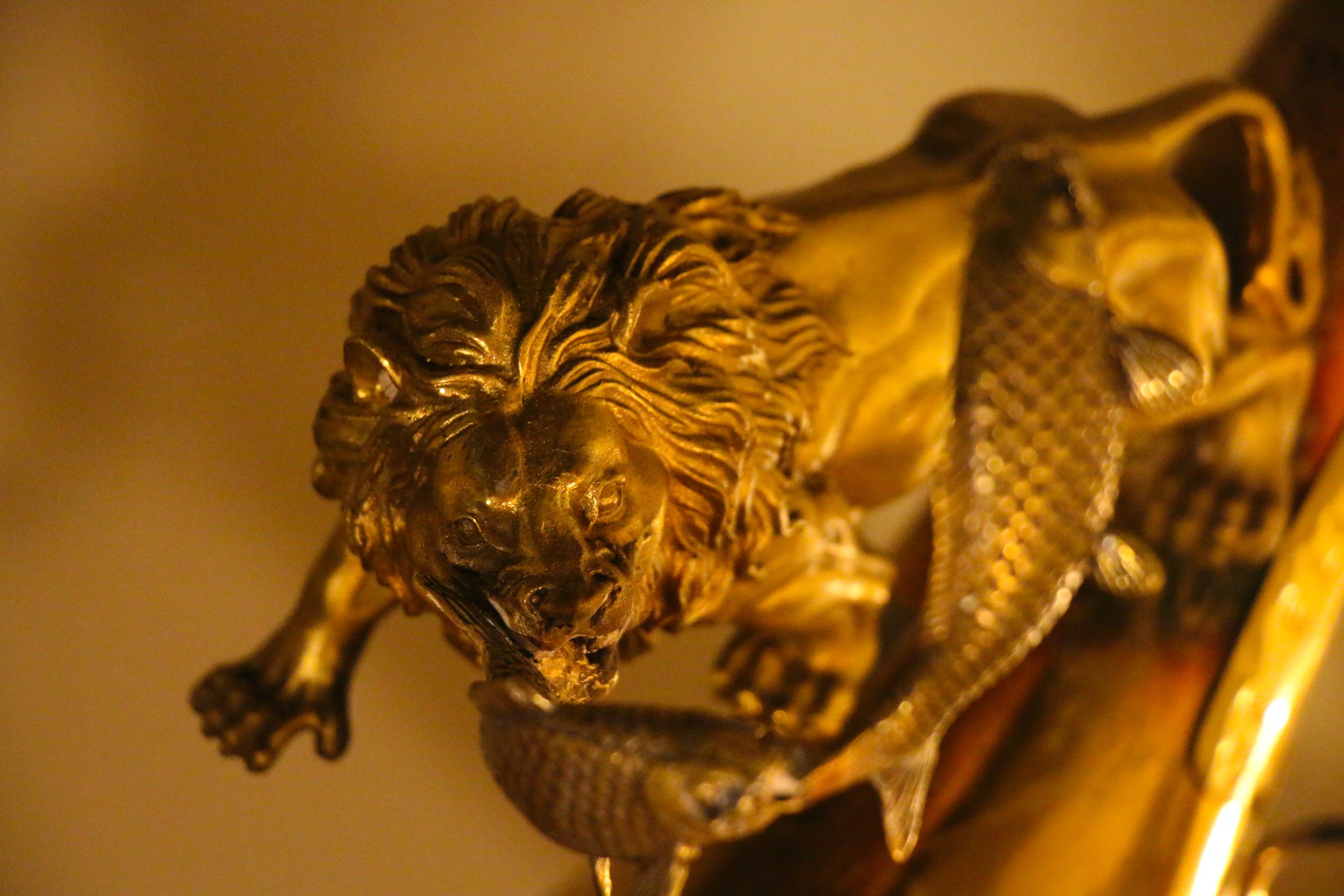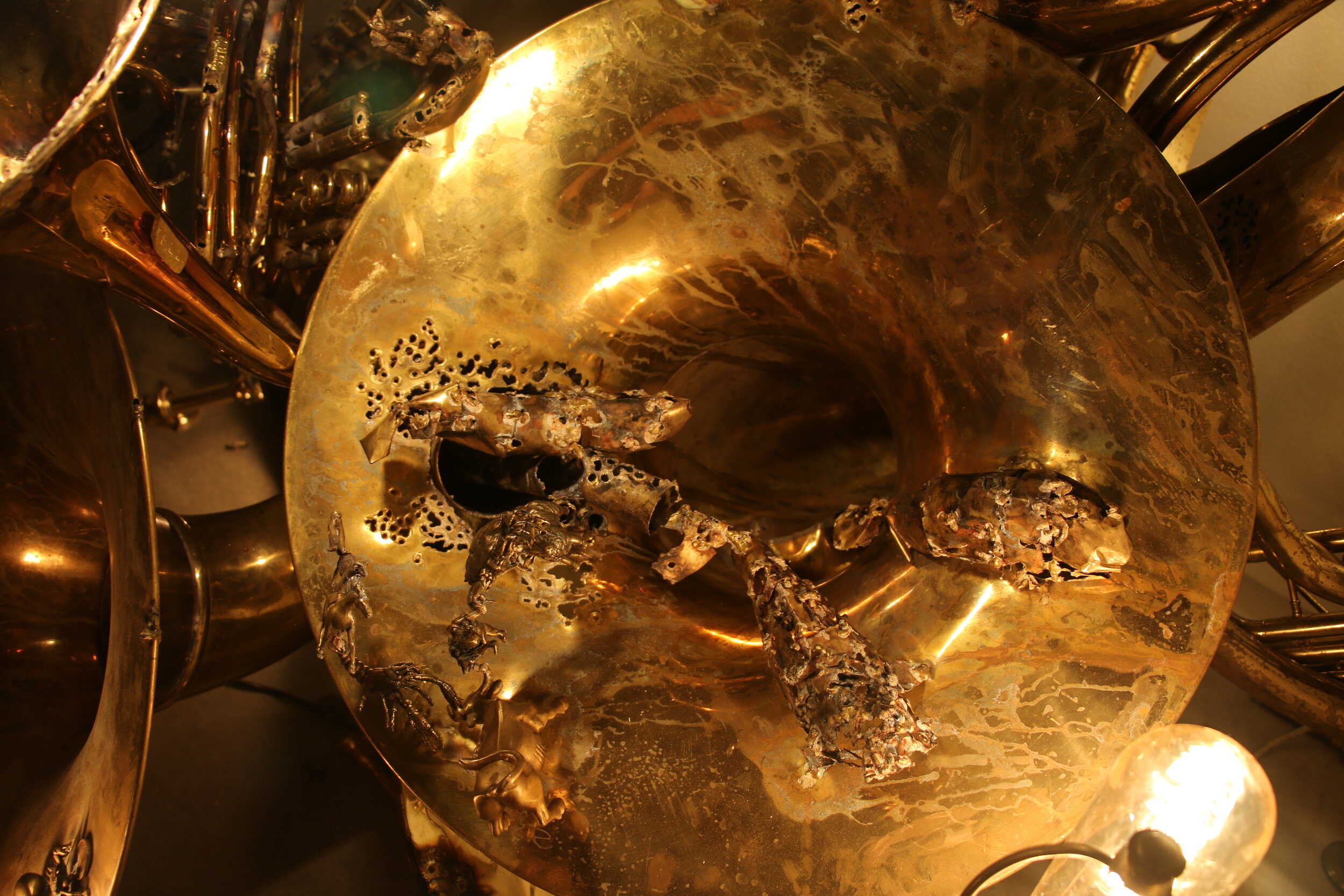Fever Dream
Solo Exhibition at the Grand Central Art Center, Santa Ana, CA
Link to GCAC Exhibition Webpage
Live performance (Foghorns Breathing) performed during exhibition opening.
Five-channel video, two-channel audio, projection mapping, sound sculpture (welded brass), live performance, pre-recorded audio composition featuring instrumental and field recorded elements.
2024
OPENING RECEPTION:
Saturday, June 1 2024, 7-10pm
Location: Grand Central Art Center
LIVE PERFORMANCE:
Saturday, June 1, 2024, 7-10 pm
Saturday, July 6, 2024, 7-10 pm
Location: Grand Central Art Center
Viola, brass sound sculpture, pickup mic, contact mic. Live free-improvisational instrumentation mixed with field recordings and amplified, edited sound.
EXHIBTION:
June 1—August 11, 2024
Many thanks to Grand Central Art Center and Cal State University, Fullerton for supporting this project.










































